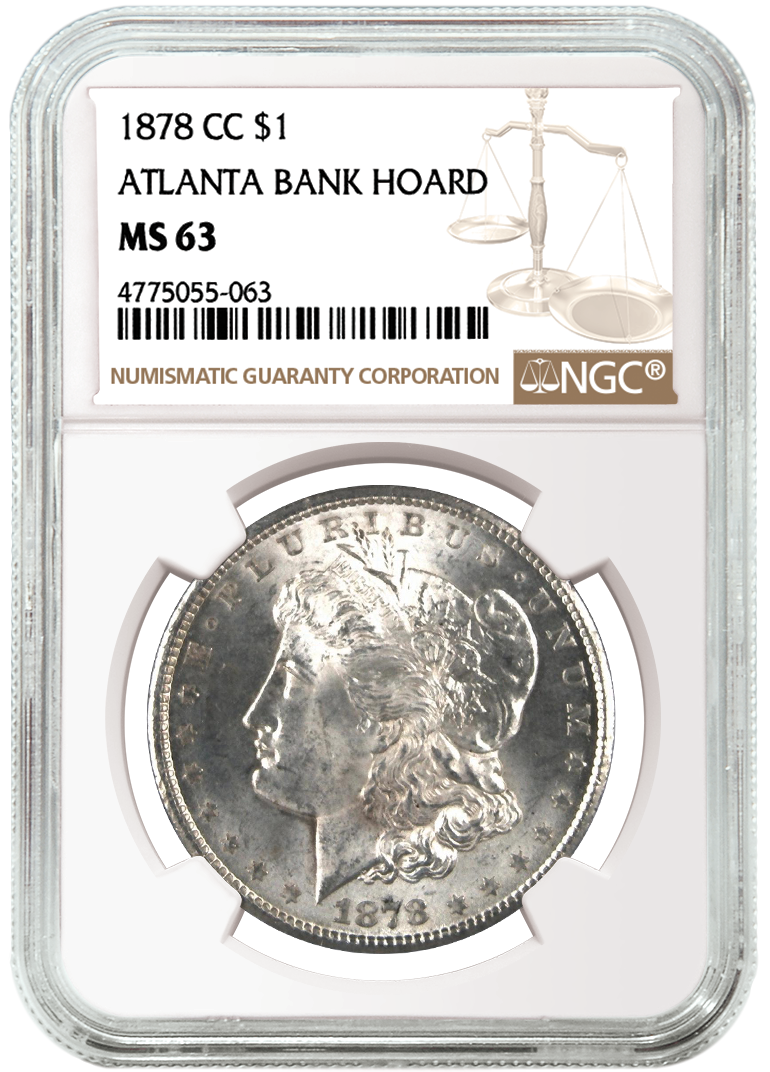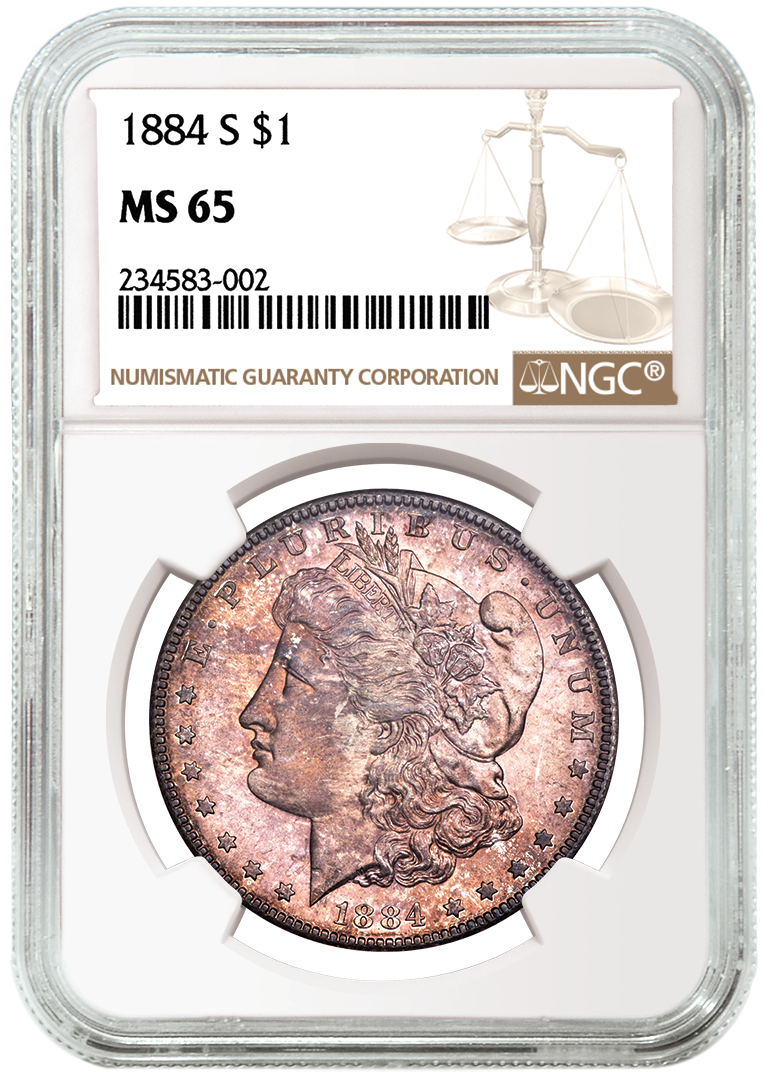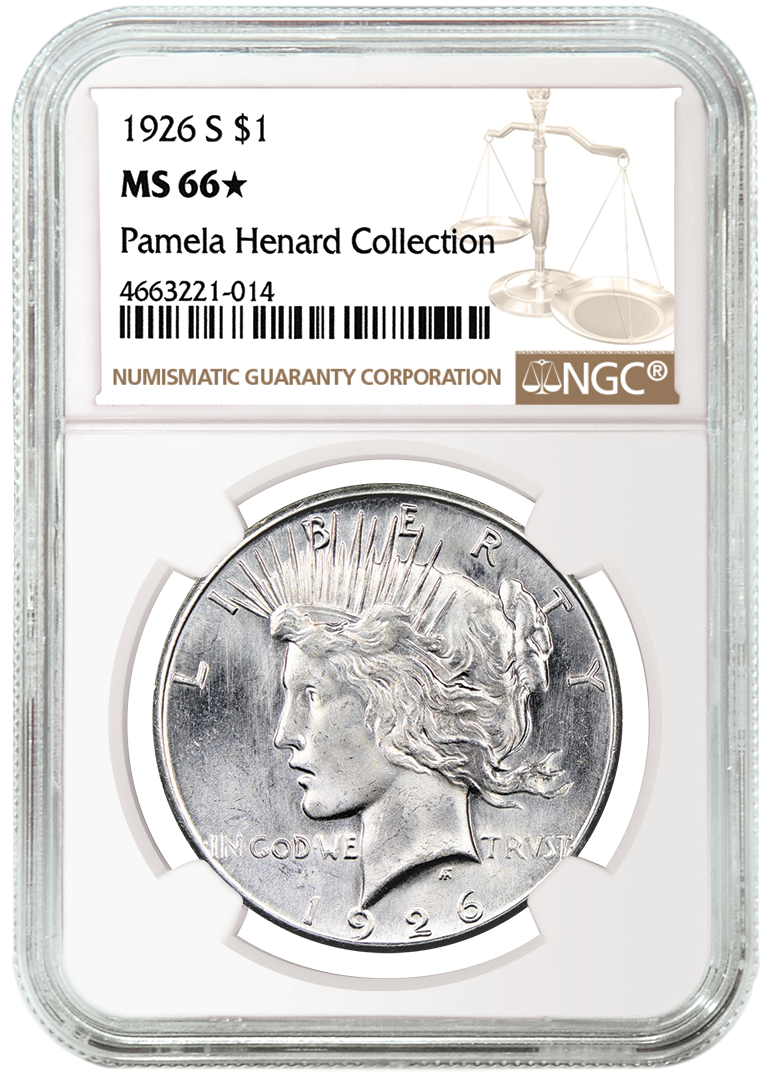Morgan Dollar
Peace Dollar
Team Morgan vs. Team Peace
Which silver dollar is your favorite? Submit your vote to see if more collectors are Team Morgan or Team Peace.
NGC Special Labels and Designations
NGC is celebrating both 1921 and 2021 Morgan and Peace Dollars with special labels and designations. Available for all submissions of 2021 Morgan and Peace Dollars, as well as bulk submissions of 1921 Morgan and Peace Dollars, the vibrant NGC Morgan and Peace Dollar Centennial Labels perfectly complement the coins by conveying the industry and optimism of the American spirit.
Submitters may also select the popular NGC Early Releases or First Releases designations and labels for the 2021 Morgan and Peace Dollars if they are received by NGC within the first 30 days of release.
For instructions on submitting the new 2021 Morgan and Peace Dollars, click here.
For information about bulk submissions of 1921 Morgan and Peace Dollars and multi-coin sets, click here.
Commemorating the Mints that Made Them
The new 2021 issues include five versions of the Morgan Dollar to commemorate the mints that produced the original coins: the historic Philadelphia Mint, the Carson City Mint, the San Francisco Mint, the New Orleans Mint and the Denver Mint. Learn more about the Morgan and Peace Dollars struck at each mint by selecting the mint buildings below.





NGC is the world's leading grading service for Morgan and Peace Dollars.
4.45 million graded and counting!
(A comprehensive population report, the NGC Census shows the latest number of coins certified by NGC for every type and grade.)
There’s more to discover…
NGC Registry Sets
Morgan Dollars and Peace Dollars are among the most popular coins in the NGC Registry, with more than 10,000 sets featuring these coin series, many with photos and stories.
See them here >Reference Library
Over the years, Morgan and Peace Dollars have been the subject of many NGC news articles, appeared in numerous auctions and highlighted in other NGC online resources.
Find them all here >

















